My Resume
PROFESSIONAL EXPERIENCE
2/2025 - present
Machine Learning Engineer
Stealth Mode - Bengaluru. (Remote)
Early-stage. Zero to one. Building next-gen AI agents from absolute zero. Crafting mind-blowing generative models & hyper-realistic speech synthesis to redefine how humans talk to machines. If it sounds crazy, you're not dreaming — we're making it real.
8/2023 - 2/2025
Machine Learning Analyst
NeuralGarage (VisualDub.ai) - Bengaluru.
Developed cutting-edge models for speech and image processing and reworked research to enhance facial landmarks tracking and audio techniques. Created a robust desktop editor for VisualDub.ai with Python-PyQt, including features for updates, anti-piracy, and user management. Spearheaded integration of advanced systems for improved functionality and security. Actively contributed to internal initiatives, driving innovation and elevating the organization's machine learning capabilities.
02/2023 – 08/2023
Data Scientist
Connou - Tübingen, Germany. (Remote)
Enhanced organization's application connecting algorithm, while collecting, cleaning, and preparing extensive user data for analysis, implementing ML models, and building data processing pipelines. Proficiently developed clean, efficient Python code with thorough unit testing, actively contributing to business strategy formulation and execution.
11/2022 – 02/2023
Data Scientist - Intern
innodatatics.ai - Bengaluru.
Supported senior team members in ML projects, conducting data preprocessing, model development, and evaluation, while also contributing innovative ideas and insights derived from exploratory data analysis, algorithm implementation, and hyperparameter tuning.
EDUCATION
2019 - 2022
Bachelor's Of Engineering
CGPA : 8.98 / 10
During my mechanical engineering studies, exposure to MATLAB and C++ sparked my interest in computational mathematics and technical computing. Discovering OpenAI's GPT-2 paper and witnessing AI's potential amid the COVID-19 pandemic served as transformative moments, motivating me to explore machine learning. This journey allowed me to bridge my engineering background with the dynamic field of artificial intelligence. Alongside, I cultivated a robust foundation in mechanical engineering, enhancing my interdisciplinary expertise and preparing me for the challenges ahead.
2016 - 2019
Diploma in Mechanical Engineering
During my diploma in mechanical engineering, I acquired foundational knowledge and practical skills in various aspects of mechanical design, analysis, and manufacturing. This hands-on experience laid the groundwork for my further studies and career pursuits in the field.
2016
High School
In high school, I developed a strong academic foundation and honed essential skills through both classroom learning and extracurricular activities.
Skills
Deep learning
Computer Vision
Classical Machine Learning
PyQt - Designing GUI applications
Data Analytics
Tableau
Languages
English
Marathi
Hindi
Got an idea, project, or just want to talk AI? Whether it's a collaboration or a deep tech discussion, I'm all ears.
If you're in Bengaluru or Nagpur — the coffee's on me!
Blogs | News

Startup Insception program at Nvidia
🚀 After the successful #GenAICon2023, Nascom.ai concluded #DevCon2023 at NVIDIA's Bengaluru campus.
🤝 The two-day #GenAIDevCon2023 was tailored for developers and data scientists from 15 nasscom #GenAIFoundry startups, focusing on advanced AI techniques.
Highlights:
- 🎯 Multi-GPU Distributed Training for enhanced performance
- 🎯 End-to-End workflows for Large Language Models with NeMo Framework
- 🎯 TensorRT and Triton Inference for Deep Learning
- 🎯 Accelerating Diffusion Pipelines with TensorRT and Faster Transformer
- 🎯 Developing Indic Automatic Speech Recognition and Text-to-Speech models
- 🎯 Practical skills in advanced AI techniques from feature extraction to decoding
🙏 Thanks to NVIDIA for hosting the enriching #GenAIDevCon2023!
Read more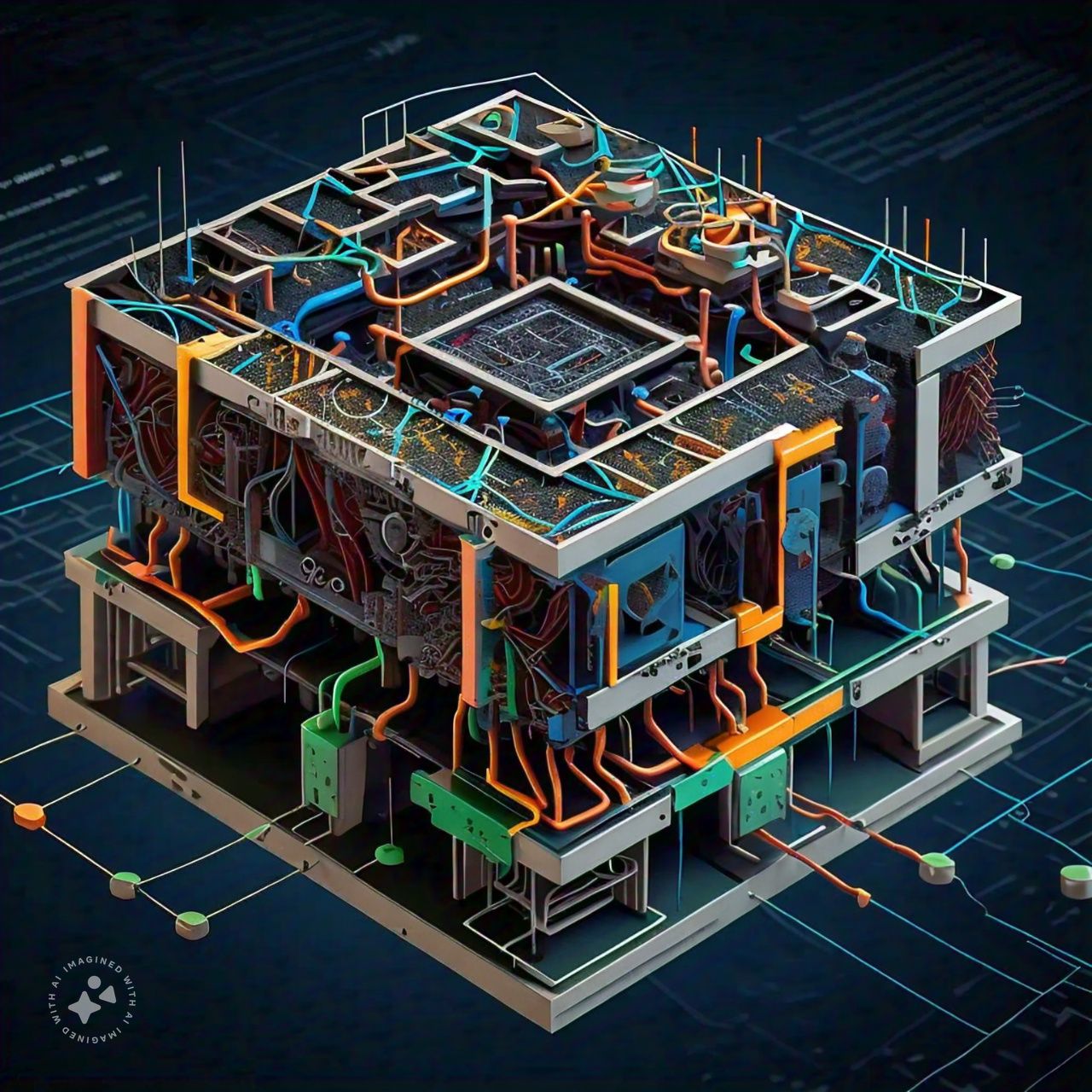
Simple Convolutional Neural Network (CNN) for Dummies in PyTorch: A Step-by-Step Guide
In this blog post, we delve into constructing and training a basic Convolutional Neural Network (CNN) using PyTorch, focusing on the MNIST dataset of handwritten digits. The guide covers importing libraries, defining the CNN architecture with convolutional and pooling layers, setting up hyperparameters, and evaluating model performance. By following these steps, readers will learn how CNNs efficiently handle image data and gain hands-on experience with PyTorch's capabilities.
Read more
PandasAI: Automate Your Data Analysis with AI
The blog post introduces PandasAI, a Python library that integrates Generative AI capabilities with the popular data analysis tool, pandas. It provides an overview of how PandasAI can automate and enhance data analysis, including quick installation steps, usage examples, and key features such as data filtering, plotting, and shortcuts for tasks like data cleaning and feature generation. Resources for further exploration are also provided, including documentation and links to the GitHub project.
Read more
Charvaka (or Carvaka) (चार्वाक दर्शन) Philosophy: A Detailed Exploration
In this philosophical blog post, we explore Charvaka (or Carvaka) philosophy, an ancient Indian school known for its materialistic and skeptical outlook. Emphasizing empiricism, Charvaka rejects spiritualism and metaphysics, arguing that only sensory experience is valid. The philosophy promotes hedonism, focusing on pleasure and pain as life’s primary goals. Emerging around the 6th century BCE, Charvaka faced significant opposition from other philosophical schools but contributed to the broader debate by challenging religious orthodoxy and emphasizing practical ethics. Its principles resonate with modern secular and scientific perspectives, offering a unique stance on living a fulfilling, evidence-based life.
Read moreProjects
Paper Implementation Of 🦙 LLaMA 1 and LLaMA 2 From Scratch
LLaMA from Scratch: Delve into the intricacies of Large Language Model Meta AI with this project, where I'm building LLaMA 1 and 2 from the ground up using PyTorch. Expect blazing performance, meticulous optimization, and crystal-clear, no-nonsense code, featuring Key-Value (KV) caching, Rotary Positional Embeddings (RoPE), Grouped-Query Attention (GQA), SwiGLU Activation Function, and RMSNorm.
Read more github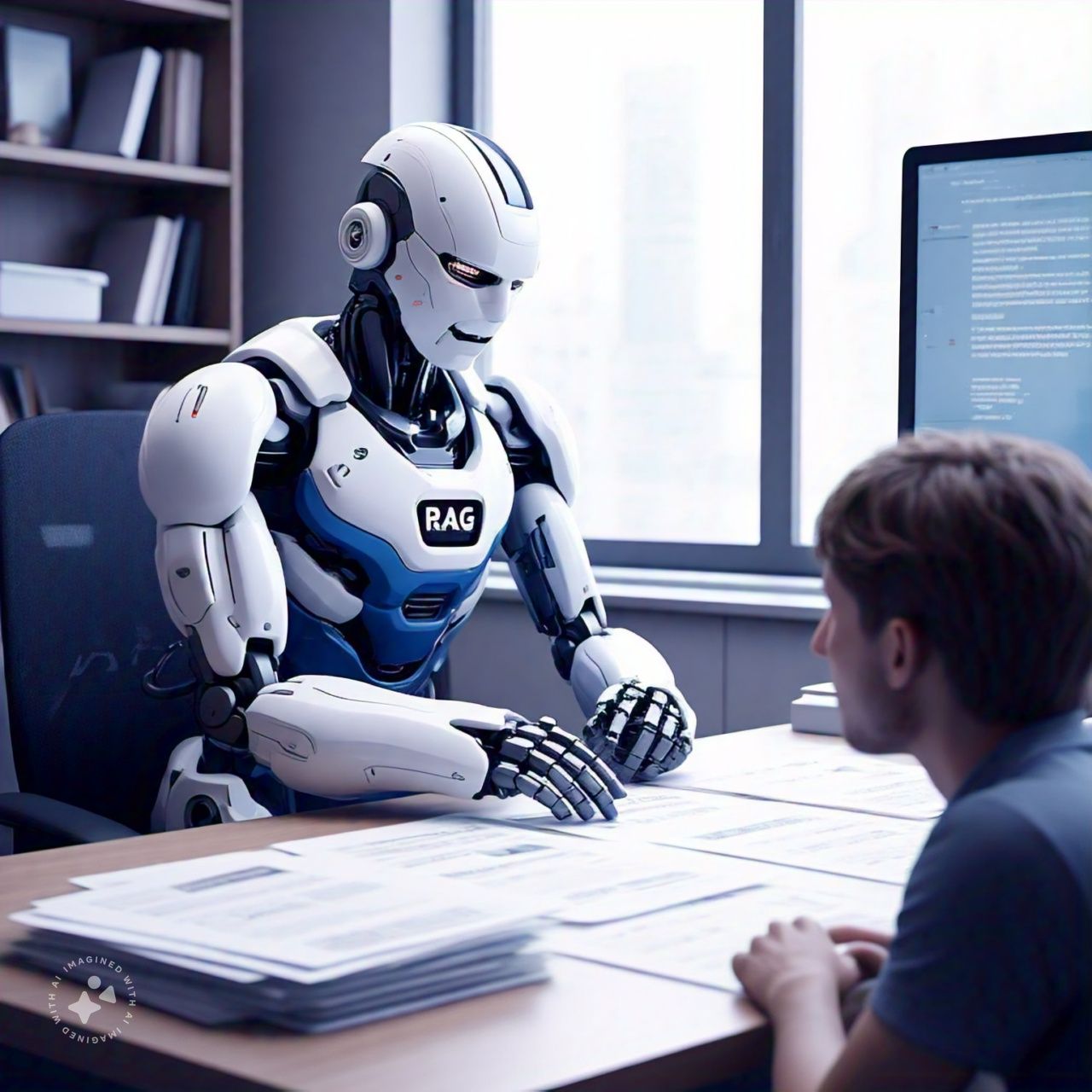
Retrieval-Augmented Generation (RAG) using Groq API
This repository implements a Retrieval Augmented Generation (RAG) system that leverages the Groq API for accelerated embedding generation. It enables users to ask questions about documents stored in a vector database, providing accurate and contextually relevant answers through a user-friendly Gradio interface.
Read more github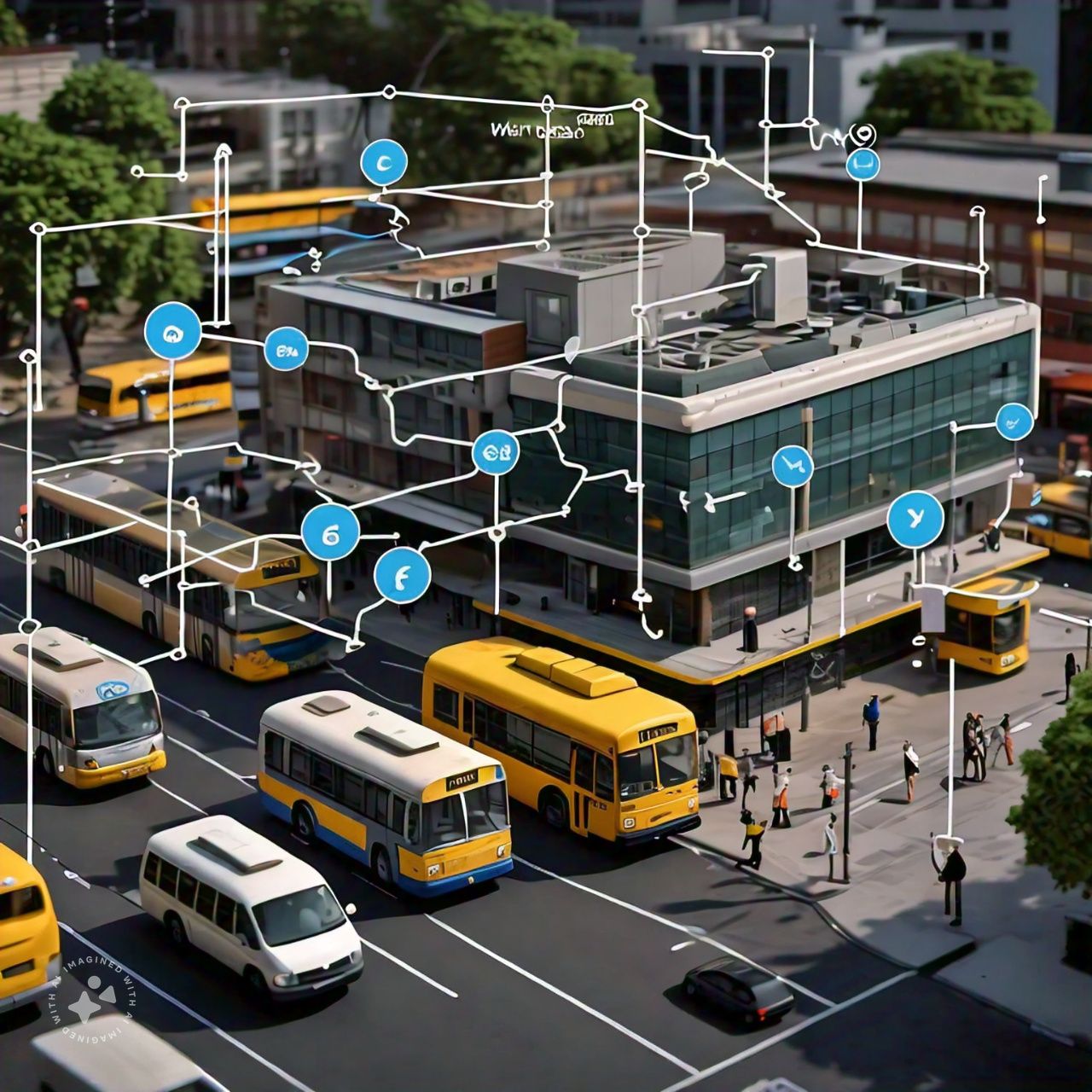
Paper Implementation YOLO from Scratch in PyTorch
🚀 This project implements the YOLO (You Only Look Once) object detection algorithm from scratch using PyTorch. It includes essential components such as bounding box prediction, Intersection over Union (IoU) calculation, Non- Maximum Suppression (NMS), and Mean Average Precision (mAP) evaluation. The training pipeline involves data loading, augmentation, forward pass, loss computation, and optimization. The inference pipeline processes new images for real-time object detection. This implementation aims to provide a comprehensive understanding of YOLO's architecture and functionality.
Read more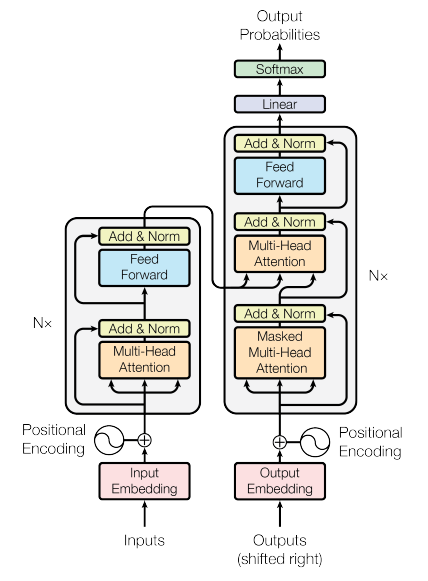
Attention Is All You Need (Transformer) Implementation From Scratch
This repository features a custom implementation of the Transformer model in PyTorch, inspired by the groundbreaking paper "Attention Is All You Need" by Vaswani et al. The Transformer model is renowned for its self-attention mechanisms that enhance NLP by capturing long-range dependencies and enabling efficient parallel processing. This implementation encompasses essential components such as multi-head self-attention, position-wise feedforward networks, and positional encoding. It is designed to provide both clarity and educational value, serving as a robust foundation for anyone interested in delving into Transformer-based architectures and extending their capabilities.
Read More
The AI Carbon Footprint Calculator
The AI Carbon Footprint Calculator is an innovative tool designed to quantify the environmental impact of machine learning operations. By calculating the CO2 emissions and energy consumption associated with GPU usage, this project offers users meaningful insights into their computational footprint. The tool provides relatable analogies, such as the number of trees needed to offset emissions or the equivalent energy consumption, helping users understand and mitigate their environmental impact. With an emphasis on responsible computing, this project encourages sustainable practices in AI development and data science.
Visit Website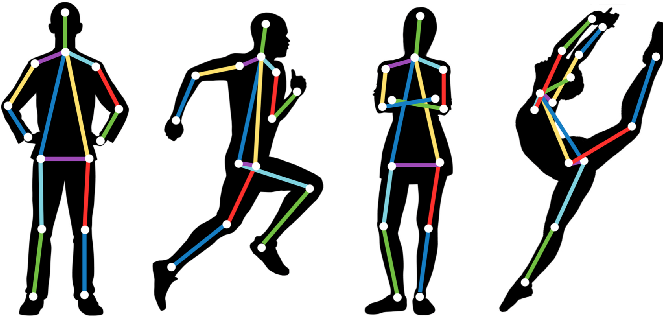
Multi Landmarks Tracking with OpenCV and Mediapipe
This project uses Mediapipe to perform real-time multi-landmark tracking for Pose Estimation, Face Detection, and Hand Tracking. It captures webcam video, overlays detected landmarks, and displays the result. Key features include tracking human body poses, detecting faces, and tracking hand landmarks. Installation involves cloning the repository, installing dependencies, and running the script.
Read more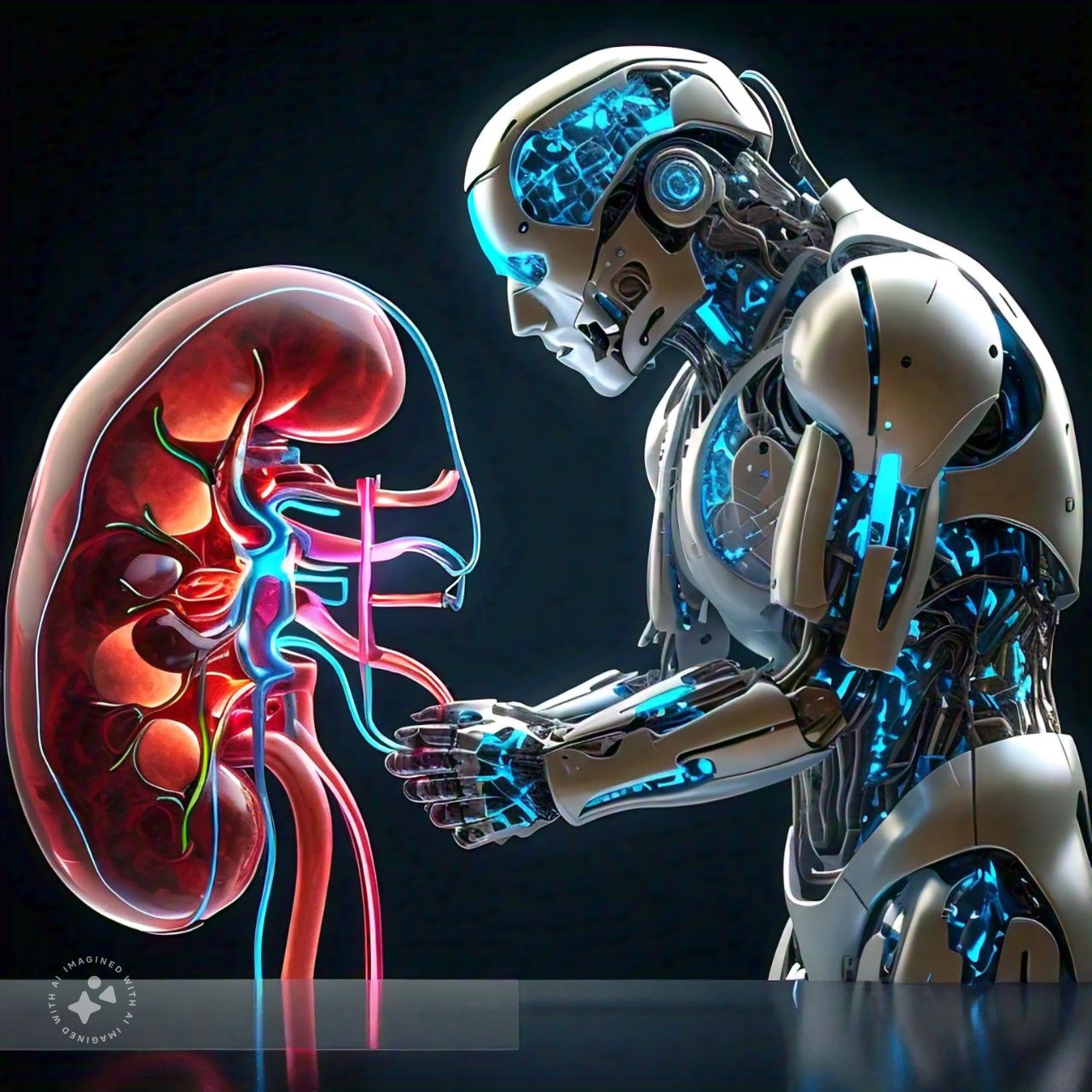
Risk Modelling for Renal Post Transplant Complications
This project uses machine learning to predict post-transplant complications in renal transplant patients, improving clinical outcomes. Utilizing Python with libraries like pandas, numpy, and scikit-survival, it evaluates models such as Random Survival Forest and Elastic Net-Based Cox. Key evaluation metrics include the Concordance index and Brier Score. Critical insights show that higher levels of platelets, hemoglobin, and white blood cell counts correlate with better graft survival. Note: Dataset and code are under NDA.
Read more
Solar Panel Failure Prediction
This project develops a machine learning model to predict solar panel failures, enhancing maintenance and reducing operational costs. Using Python 3.9.12 and libraries like pandas, numpy, and scikit-learn, the model analyzes factors such as temperature, humidity, and panel age. The dataset is sourced from a study on fault scenarios in grid-connected PV systems. The goal is to enable proactive maintenance through accurate fault prediction.
Read more